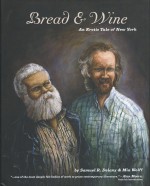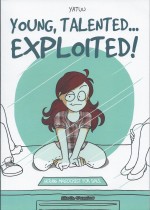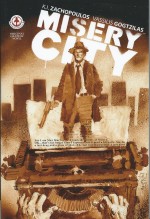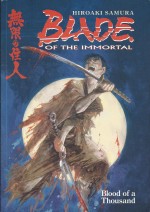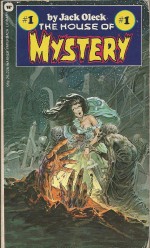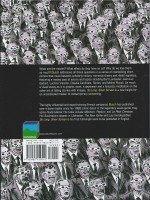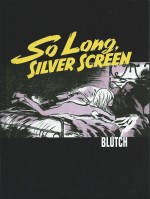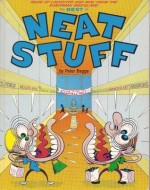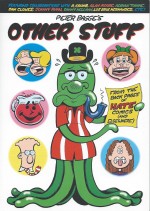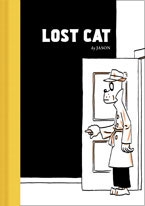
By Jason, translated by Kim Thompson (Fantagraphics Books)
ISBN: 978-1-60699-642-3
Jason is secretly John Arne Saeterrøy: born in Molde, Norway in 1965 and an overnight international cartoon superstar since 1995 when his first graphic novel Lomma full ay regn (Pocket Full of Rain) won that year’s Sproing Award (Norway’s biggest comics prize). He won another Sproing in 2001 for the series Mjau Mjau and in 2002 turned almost exclusively to producing graphic novels. He is a global star among the cognoscenti and has won many major awards from all over the planet.
The stylised artwork is delivered in formalised page layouts rendered in a minimalist evolution of Hergé’s Claire Ligne style, solid blacks, thick outlines and settings of seductive simplicity – augmented here by mesmerising hints in earth-tones which enhance the hard, moody, suspenseful and utterly engrossing world of the France of Cinema Verité. Jason’s work always jumps directly into the reader’s brain and heart, using beastly and unnatural players to gently pose eternal questions about basic human needs in a soft but relentless quest for answers.
That you don’t ever notice the deep stuff because of clever gags and safe, familiar “funny-animal†characters should indicate just how good a cartoonist and storyteller he is. This would be a terrific yarn even without Jason’s superbly understated art, but in combination with his dead-on, deadpan pastiche of The Big Sleep and other movies, the result is narrative dynamite.
This latest hardback gem sees the artist’s return to full length tales (160 pages) after a few years producing shorter album-style pieces, and in Lost Cat Jason lends his uniquely laconic anthropomorphic art-stylings to a surprisingly edgy, delicious tale of lost loves, scurrilous misdeeds and uncanny sinister secrets.
This a scarily evocative romantic puzzle with its roots in Raymond Chandler mysteries, tipping a slouched hat to Hollywood Noir, B-Movie sci-fi and psychologically underpinned melodramas, with Jason’s traditionally wordless primal art supplemented by sparse and spartan “Private Eye†dialogue and enhanced to a macabre degree by solid cartooning and skilled use of silence and moment.
This sly and beguiling detective story opens as seedy shamus Dan Delon, a specialist in tawdry divorce cases, sees a poster about a lost cat and, after accidentally finding the missing moggy, returns it to the solitary, sombre yet oddly alluring bookshop proprietor Charlotte.
The two lonely people enjoy a coffee and stilted conversation before Dan departs, but in his head his calm, pleasant night with the quiet lady continues to unfold…
Life goes on, but even after taking on a big case – tracking the lost nude painting of a rich man’s long-gone inamorata – Delon just cannot get Charlotte out of his mind. Despite knowing better, the detective inserts himself into the staid, sedate woman’s life and slowly realises that their pleasant evening together was a complete tissue of lies.
Moreover, his grail-like quest for the truth leads the dowdy gumshoe into deadly danger and shocking revelations of Earth-shaking consequences…
Utilising with devastating effect that self-same quality of cold, bleak yet perfectly harnessed stillness which makes those Scandinavian crime dramas such compelling, addictive fare, Lost Cat resonates with the artist’s favourite themes and shines with his visual dexterity, disclosing a decidedly different slant on secrets and obsessions, in a tale strictly for adults which nonetheless allows us to look at the world through wide-open young eyes.
All characters, stories and artwork © 2013 Jason. All rights reserved.

